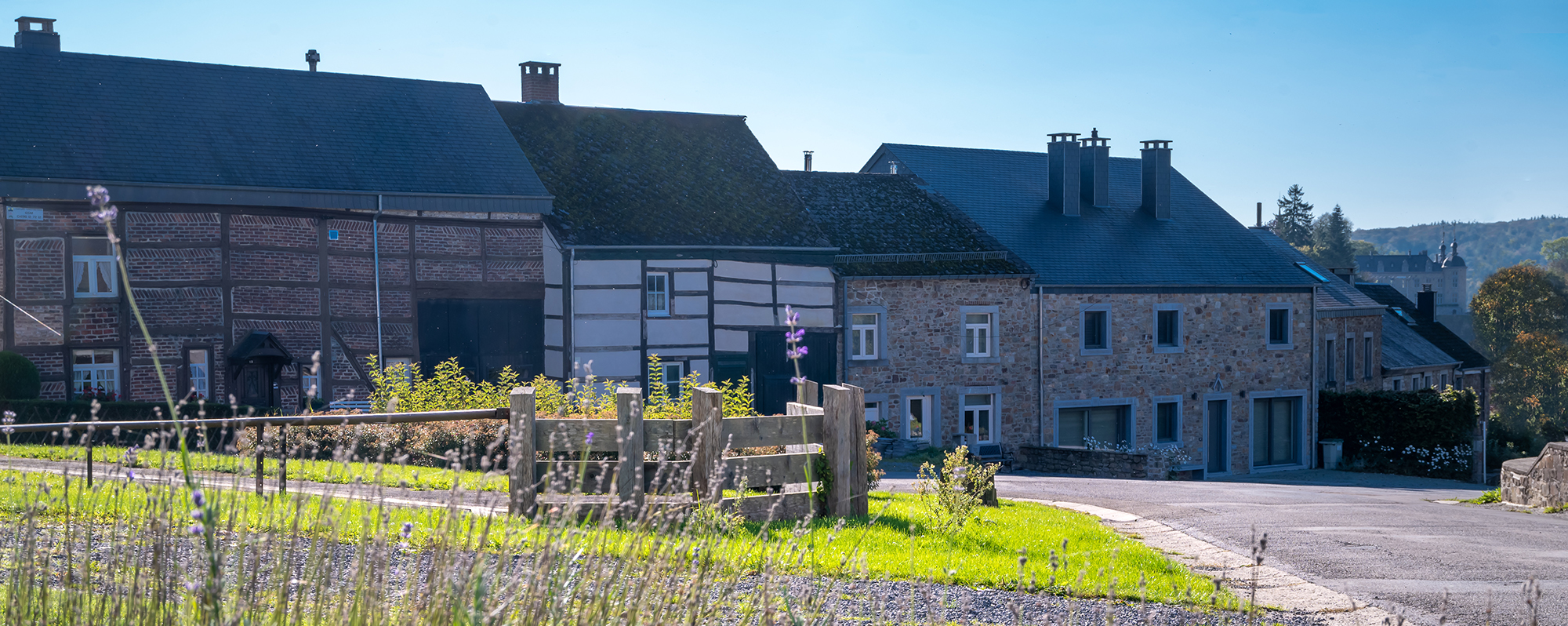
Characteristic of a region, a village, discover the traditional village settlements and the elements of rural heritage which comprise them.
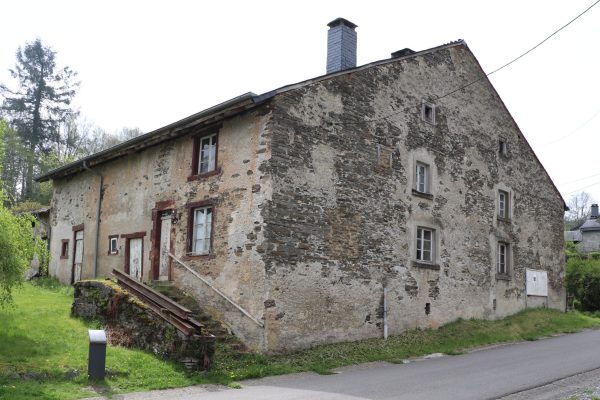
Textures, materials and traditional volumetry characterise this old Ardennes farmhouse.
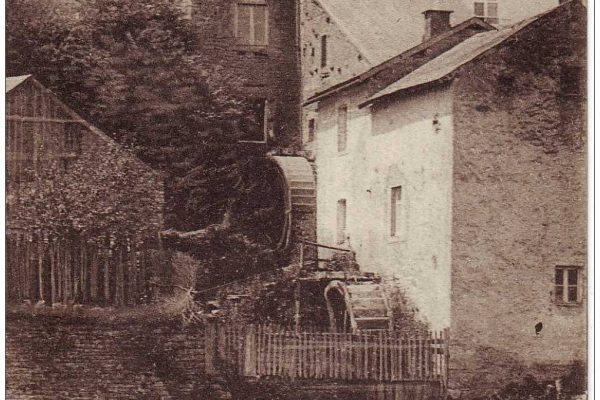
An old mill and ancient galleries dug into the limestone rock as a place of residence for magical beings...
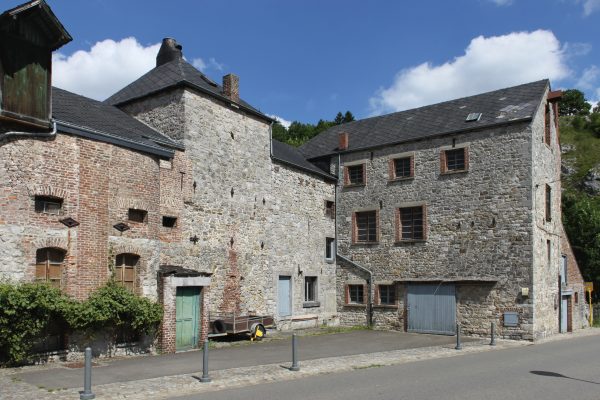
Evidence of the village's brewing activity since 1847.

A day at the Aubechies Archeosite is an impressive journey through 5000 years of our past. An unforgettable adventure in a real open-air museum...
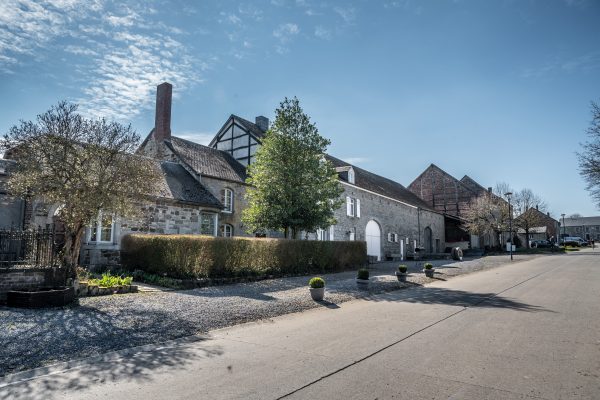
Homogeneous volumes from the second half of the 19th century, typical of the regional habitat.
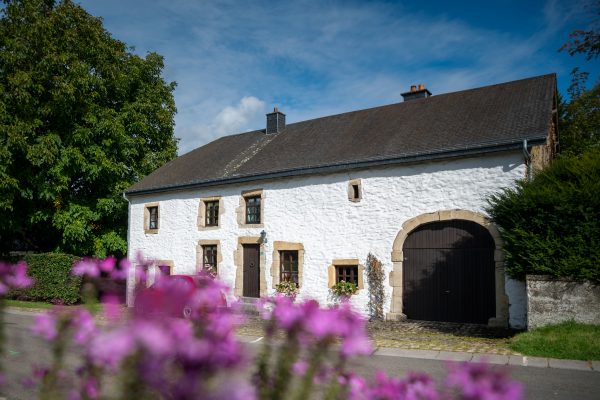
The softness and variety of a colour palette contrasting with the surrounding meadows and the harsh Ardennes countryside nearby.
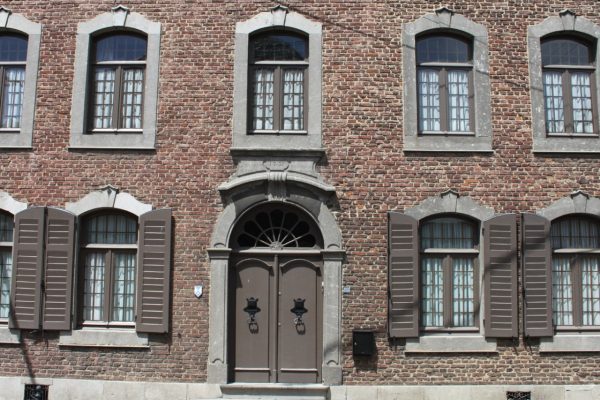
Facades inspired by urban mansions, a symbol of economic growth and success for the Olne bourgeoisie of the 18th century.
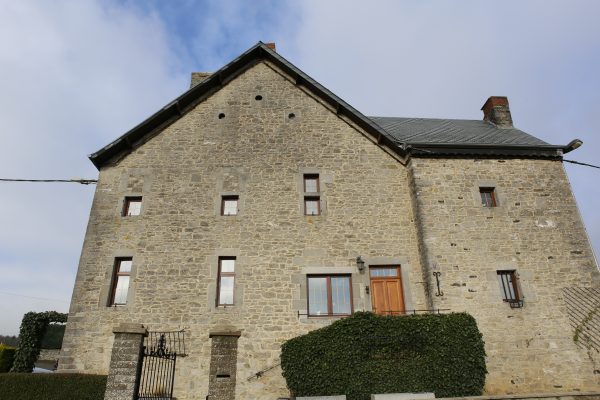
Buildings from the 17th, 18th and 19th centuries with seigniorial origins and former court of justice.
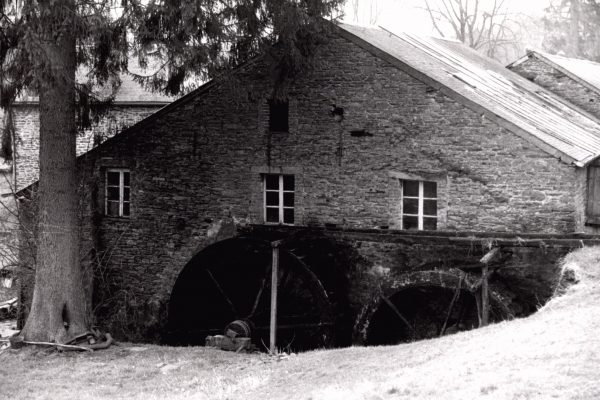
The origins of this former flour mill date back to at least 1619 and it was the site of local resistance during the Second World War.
The association Les Plus Beaux Villages de Wallonie (The Most Beautiful Villages of Wallonia) oversees a network of 32 villages, bearers of a strong territorial identity and reflecting traditional architecture. It is committed to promoting the rural, cultural and natural heritage of Wallonia and is a part of the development of local and responsible tourism.
More information